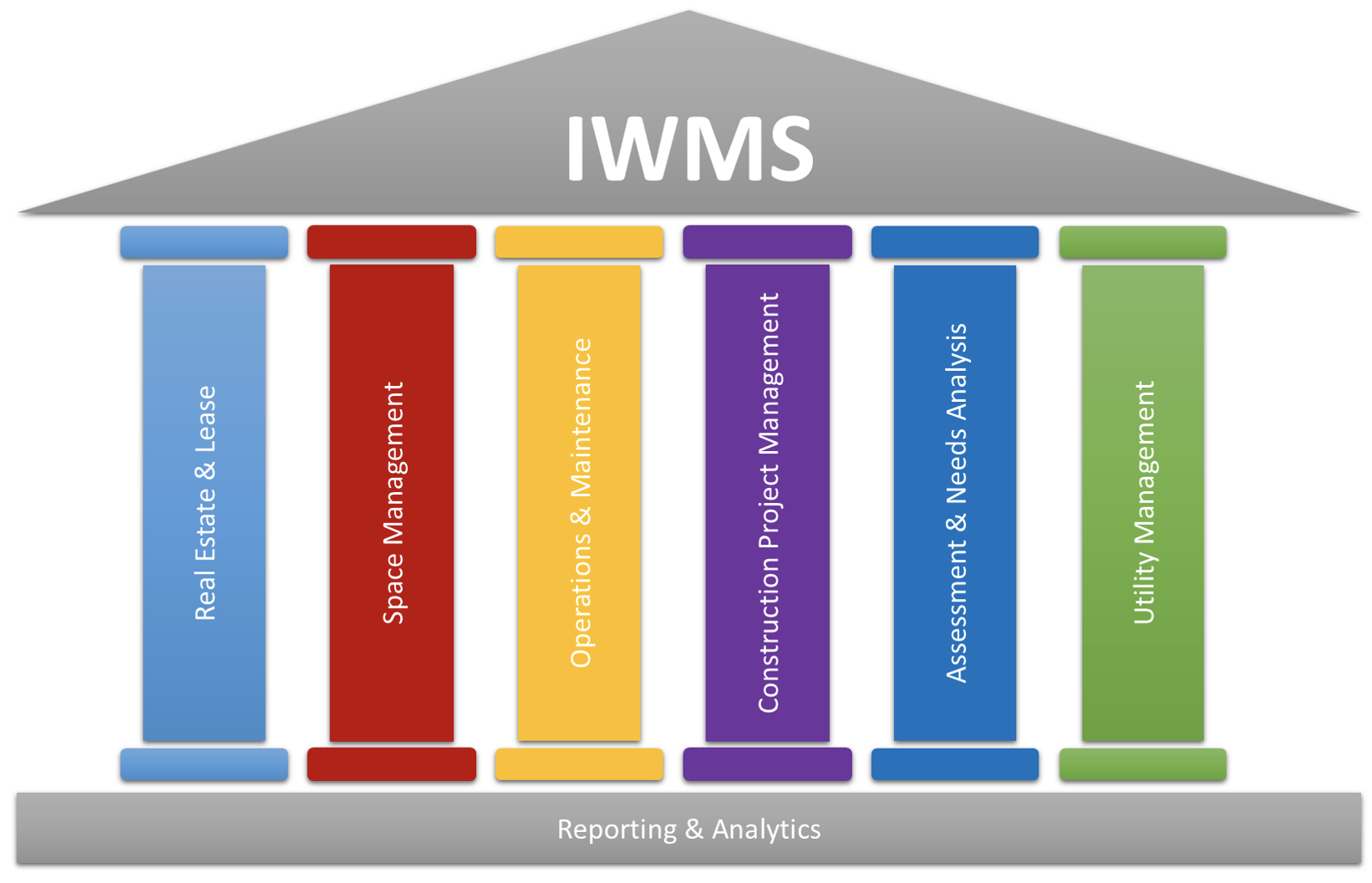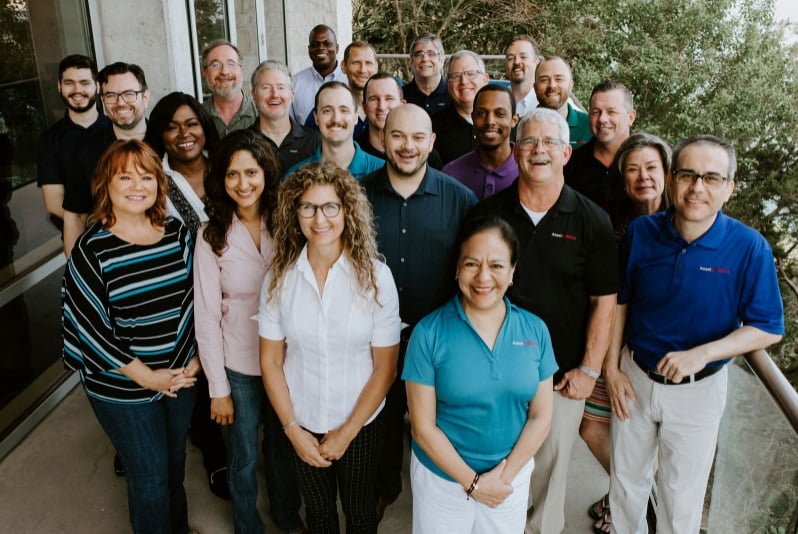I briefly considered entitling this blog post, “The history of the Computerized Maintenance Management System (CMMS).” But, I quickly realized that the vast majority of forward-thinking facility and real estate managers in higher education would be more interested in the future than in the past.
But, as Winston Churchill observed in a 1948 speech to the House of Commons, “Those that fail to learn from history are doomed to repeat it.” So, I will try to apply what we’ve learned about Computerized Maintenance Management Systems over the past 60 years as well as analyze their advantages and disadvantages today, before attempting to predict where the CMMS is headed in the foreseeable future.
Hopefully, by providing you with relevant context, useful information, and prescriptive advice, this post will enable you to complete your critical buying job and make the buying process easier to navigate and complete.
Computerized maintenance management system history
As William W. Cato and R. Keith Mobley explained in their book, Computer-Managed Maintenance Systems, which was published in December 2001, a Computerized Maintenance Management System (CMMS), also known as a Computerized Maintenance Management Information System (CMMIS), is a software package that maintains a computer database of information about an organization’s maintenance operations.
The earliest versions of the CMMS appeared in the 1960s and were typically used by large enterprises. Technicians used punch cards and mainframe computers to maintain computerized records and track maintenance tasks. In the 1970s, punch cards gave way to checklists fed into CMMS systems by technicians at the end of their shifts.
In the 1980s and 1990s, the CMMS gained greater prevalence with smaller and mid-sized businesses as computers became smaller, more affordable, and more connected. In the 1990s, the CMMS began to share information across local area networks or LANs. This is when many colleges and universities began adopting Computerized Maintenance Management Systems.
Computerized Maintenance Management System advantages and disadvantages today
Glenn Adams, the Vice President of Product Management for AssetWorks, wrote a post last October entitled, “Do I need a CMMS or an IWMS at my Facility?”
He outlined the advantages of a computerized maintenance management system:
- Equipment maintenance.
- Tracking the cost of work.
- Asset location tracking.
- Monitoring labor resources.
He added, “The purpose of a CMMS is tracking and managing maintenance needs for an organization. A tracking system for high-end equipment like HVAC systems and boilers, a CMMS keeps tabs on both preventive and reactive maintenance.”
And he concluded, “A primary function of a CMMS is accurate tracking and prioritization of work to reduce equipment downtime and avoid costly repairs.”
Now, he didn’t explicitly discuss the disadvantages of a computerized maintenance management system. But, they were implied in his discussion of an Integrated Workplace Management System (IWMS), which he said was “a complete facilities management tool. Designed for comprehensive care of your physical assets, an IWMS is your singular system to support total facilities management.”
He added, “With an IWMS, all aspects of facility management integrate into a single platform.” This includes Operations and Maintenance Solutions, which is one of the pillars of an IWMS solution. But, an IWMS also includes:
Adams said, “This integration supports communication between departments, supports ease of reporting, and fosters accountability.”
He outlined the advantages of an IWMS, which can also serve as a list of the disadvantages of a CMMS:
- Time savings
- Cost savings
- Increased interdepartmental communication
- Enhanced customer engagement
- Accountability
- Ease of reporting
- Realized cost savings
What is the best CMMS software in 2022 and beyond?
Now, the term “Integrated Workplace Management System” (IWMS) was first used in 2004 by Gartner. And the competition between the CMMS and IWMS has driven vendors to expand the capabilities of their CMMS products to include a range of mobile devices, field applications, and operational sites.
But, even though the latest versions of the CMMS are cloud-based and highly mobile, the best CMMS software in the foreseeable future is an IWMS.
As Adams observed almost a year ago, “Your facilities department doesn’t operate in a silo, and neither should your facilities management software. After all, one aspect of facilities management impacts all other areas of your campus. A broken boiler affects maintenance, but it can also impact energy management, space management, and budgets. That is why an IWMS typically connects to other systems core to the business functions of the organization such as HR, Purchasing, and Accounting. A modern IWMS also has a platform for effective community engagement that streamlines requests and communication.”
And he concluded, “Why not select a system that works the way you do – in all aspects of campus management?”
I agree. I’d advise you to contact a member of the higher education team at AssetWorks. They average over 15 years of experience in higher education and facilities management. That means they understand how to help you make smarter, data-driven decisions about building better campuses that empower students and faculty, support legacies, and impact futures.
About Greg Jarboe
Greg Jarboe is the president and co-founder of SEO-PR, which has provided services to the University of the Pacific, the University of Pennsylvania, Rutgers University, and Dickinson College. Greg has been an instructor in several Rutgers Business School Mini-MBA programs.
In addition, Greg is the author of YouTube and Video Marketing and the co-author with Katie Paine of the Communications Measurement eBook for Higher Education. Before co-founding SEO-PR in 2003, Greg was VP of Marketing for WebCT, where he helped to triple the company’s installed base from 700 institutions in 36 countries to 2,172 institutions in 75 countries.


/Adobe%20Stock%20Images/AdobeStock_94067857.jpg)


